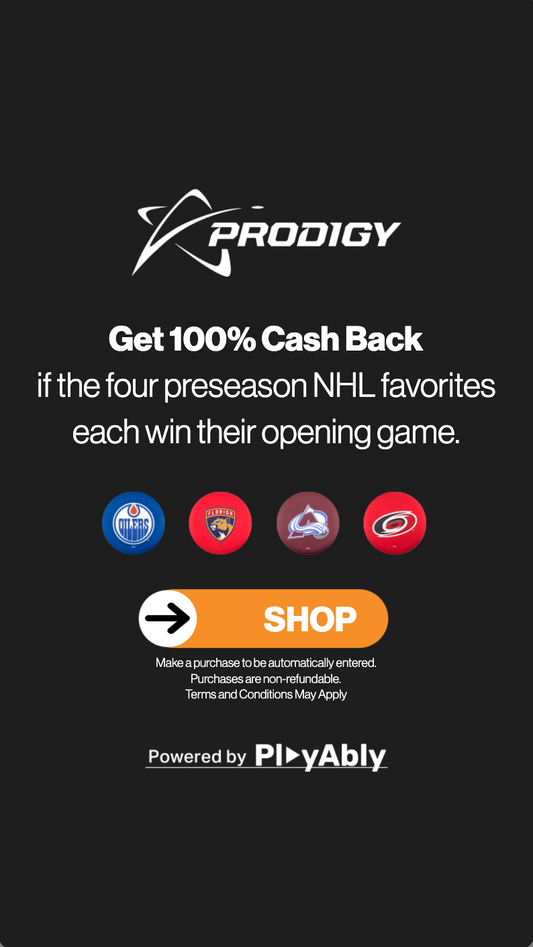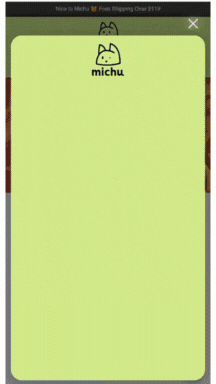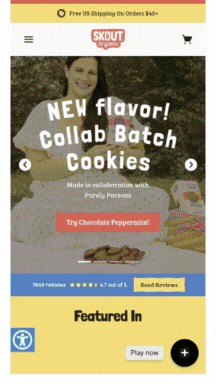Leveraging Games for Social Media: Boosting Engagement and Traffic
Vintage Cars Customizable Game
Creating Customer Journeys Experiences in eCommerce with Gamification
Download The Guide
Gamification is an increasingly powerful tool for boosting engagement and driving traffic on social media. By allowing users to interact with your brand through games, challenges, and rewards, you create opportunities for deeper connections. Instead of passively consuming content, users become active participants, sharing their experiences and extending the reach of your campaign. The key to success lies in integrating game mechanics seamlessly into social media strategies, making interactions fun and rewarding for users.
One notable example of using gamification effectively is Red Bull’s Illume photo contest. Red Bull invites users to submit action shots, which are then voted on by other users. This approach not only fosters community interaction but also drives massive amounts of user-generated content. By encouraging participants to share their photos and invite others to vote, Red Bull significantly increases both engagement and traffic on their social channels(Statusbrew)(dlvr.it). In a similar campaign, Teleflora saw a 105% increase in traffic from Facebook after integrating a gamified loyalty program that encouraged social sharing(
Vintage Cars Customizable Game
Gamification and conversion optimization go hand in hand. While gamification keeps users engaged, conversion optimization ensures that engagement leads to action—whether that’s making a purchase.
Download The GuideElegant Themes). This proves that gamified experiences, when designed to incentivize sharing, can have a direct impact on a brand’s social reach.
Reward Systems and Leaderboards
Introducing reward systems and leaderboards is another powerful way to enhance social media engagement through gamification. By offering tangible incentives like points, badges, or exclusive rewards, you motivate users to interact with your brand more frequently and with greater enthusiasm. This kind of seamless user experience can also be mirrored in automating backend processes like accounting, where tools like Fizard simplify the integration of Stripe Payments with accounting platforms such as DATEV, ensuring smooth operations alongside customer engagement. Starbucks’ loyalty program is a prime example of how effective this strategy can be. With over 28.7 million members in 2022, the Starbucks Rewards program saw a 16% year-over-year growth, largely driven by its gamified rewards system(Emplifi). Customers earn stars for each purchase, which can be redeemed for free drinks or other benefits. This ongoing interaction keeps users engaged while fostering a strong sense of loyalty.
In another example, Domino’s implemented a "create-your-own pizza" game, which resulted in a 30% earnings boost after its launch(Elegant Themes). The success of these programs shows that gamified rewards not only keep customers engaged but can also directly influence their buying behavior, translating into measurable business growth.
Transforming Social Media Ads with Playable Experiences
Gamification isn’t just for organic social media content—it can also transform social media ads into more engaging and interactive experiences. Traditional ads may not always capture attention, but embedding mini-games or interactive features within ads provides a more dynamic experience that encourages users to engage. For instance, Domino’s “Piece of the Pie Rewards” program incentivized customers to engage with their social media posts for a chance to win store profits, leading to a surge in social media interaction(Emplifi). This kind of engagement goes beyond clicks and conversions, creating memorable experiences that resonate with the audience.
Another great example of interactive ad integration is from Spotify’s "Find Your Feels" campaign, which used short films and playlists curated by influencers. This gamified ad campaign not only boosted monthly active users by 91,000 but also significantly increased brand awareness among Gen Z in the UK(Emplifi). Embedding mini-games or interactive features within ads provides a more dynamic experience that encourages users to engage, making tools like LoopGenius an effective way to seamlessly integrate these gamified experiences into social media campaigns. These kinds of interactive ads encourage deeper participation and are far more likely to be shared, extending their reach beyond the initial audience and driving more meaningful engagement.
Encouraging User-Generated Content
Gamification often encourages user-generated content (UGC), a crucial element in expanding your brand's reach. When users are motivated to share their participation in challenges, games, or other activities on social media, it amplifies the impact of your campaign. For instance, Sephora’s interactive quizzes on Instagram are a great way to engage their audience while simultaneously encouraging them to share their results. This tactic builds a sense of community and significantly increases brand visibility(Emplifi).
Similarly, Traeger Grills and Yeti’s collaborative Instagram contest invited users to share photos of their barbecue setups, tagging both brands and using a custom hashtag. The campaign garnered 1,300 posts, demonstrating how UGC can enhance a brand’s presence on social media(Emplifi). By encouraging users to create and share content, you tap into new audiences, increase brand loyalty, and foster organic engagement that feels authentic to participants.
Social Media Influencers + Gamification
One step further than UGC is of course influencers. By incorporating social media influencers into gamified campaigns, brands can significantly extend their reach and drive deeper connections with their target audience. Influencers bring an authentic voice that resonates with their followers, making gamified content more relatable and shareable. Whether it's an influencer playing a branded game or encouraging their audience to participate in a challenge, the combination of gamification and influencer marketing creates a powerful strategy for boosting engagement and driving traffic.
Platforms like Tokfluence.com make it easier than ever to find and manage influencers who align with your brand's identity and goals. By leveraging tools like this, brands can ensure their gamified content is seen by the right audience, creating more buzz and measurable results. This strategic partnership not only enhances the visibility of gamified campaigns but also builds credibility and trust with consumers, ultimately driving conversions and fostering long-term loyalty.
Aligning Gamification with Social Media Best Practices
While gamification offers exciting opportunities, its effectiveness depends on aligning with broader social media best practices. Content should remain visually compelling, with rich media like videos and GIFs, and clear calls-to-action to encourage participation. Using branded hashtags can increase discoverability, while interactive content like polls, quizzes, and challenges keep users engaged.
For example, Sephora combines gamification with visually appealing content on platforms like Instagram, regularly featuring interactive stories that ask users to vote or quiz themselves on beauty products(Emplifi). When these interactive elements are paired with effective social media strategies, such as using trending hashtags or collaborating with influencers, they significantly enhance engagement and drive traffic. By blending these strategies, you can ensure that your gamified content reaches its full potential, driving meaningful interactions with your audience.



